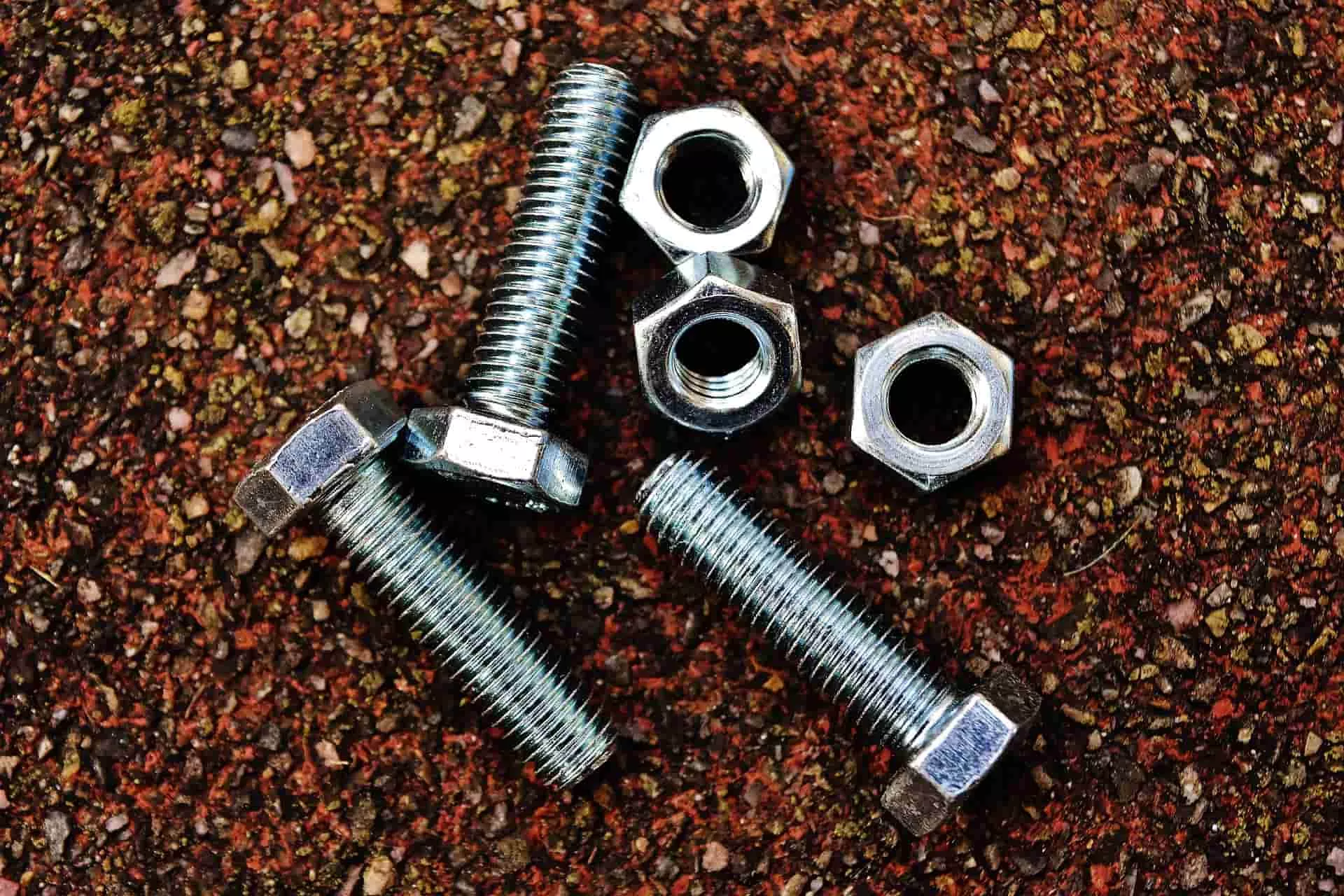When adjusting a bolted joint, tightening the nut will stretch the bolt a slight amount. This tension or stretching, produces an opposing clamp force that keeps the sections of the joint together. When the bolt comes loose, it weakens the clamp force. Loose bolts are not just an annoying trouble. If the joint is left alone and not promptly retightened, leaks of fluid or gas can occur, the bolt could break, machinery may get damaged, or catastrophic accidents could occur.
Causes of Loose Bolts and how to prevent them

B olted joints are crucial to the safety and proper operation of several types of equipment in an extensive variety of applications, including manufacturing, power generation, transportation and mining.
There are many causes of loose bolts, which may happen separately or in combination:
Vibration: Repeated moment can work against the friction between the bolt and joint threads that hold the joint together. Over time, this vibration will cause the bolt to “unwind” from the mating threads and the joint to lose its clamp force.
Gasket creep: Often, bolted joints have a flexible gasket in between the head of the bolt and the joint’s surface to seal against liquid or gas leaks. Time, corrosive chemicals, and extreme temperatures can cause the gasket to “creep,” meaning it loses clamp force.
Under-tightening: If a bolt is under-tightened, the joint will not have enough clamp force to hold together. This can cause slippage or place stress on the bolt that could eventually lead to a break.
Thermal Expansion: When the material of the bolt and the joint are unalike, large differences in temperature from rapid environmental changes or industrial processes can cause the bolt to expand or contract, and potentially loosen.
Shock: Quick or alternating loads from generators, machinery, wind turbines, etc., can cause mechanical shock. This shock is a rapid force witnessed by the bolt or the joint which causes the bolt threads to slip relative to the threads of the joint.
Preventing Loose Bolts
Loose bolts are a common occurrence, but preventative measures can be taken:
Washers: Thin washers, generally wider than the bolt head, offer extra surface area and add extra friction to the joint to maintain the clamp force.
Adhesives: Liquid adhesives, along with solid adhesive patches or heated thermoplastic coatings, can be used to safeguard bolts so that they do not become loose. However, they can make it difficult to disassemble the joint.
Prevailing torque nuts: Metal or nylon inserts inside of the nut, often called “lock nuts” help to add extra friction and prevent loosening. This method works in low impact environments because the insert on most lock nut styles covers only part of the internal threads, and a strong shock can still cause the bolt to loosen.
Mechanical devices: Many crafty devices have been established to lock a tightened nut into place on a bolted joint. Castellated nuts sport a slotted end and are used in combination with a cotter pin or wire that fits through a hole drilled in the bolt. Locking fastener systems boast a washer-like shaped flat retainer and a clip which fits into a groove on the bolt head. Tab washers provide two tabs on opposite sides, that fold up to safeguard the bolt head or nut after installation. Although these products will stop the nut from falling off the bolt, they usually do not help the joint uphold the specified clamp force.
Double nuts: The process of using a thick and thin nut to prevent loosening of bolted joints has been used for many years. A modernized approach is to use two nuts which each have different sized threads that progress at varying rates on a dual-threaded bolt.
Sustaining Correct Tension Guarantees Bolts Stay Tight
A mixture of quality bolted joint design, strong clamp force development, and appropriate bolt retention devices will consistently secure a bolted joint against many of the challenges listed above. A proper bolted joint will be designed with the correct size and type of bolt and nut and stipulate the prime amount of tension to attain the clamp force necessary to uphold joint integrity.











